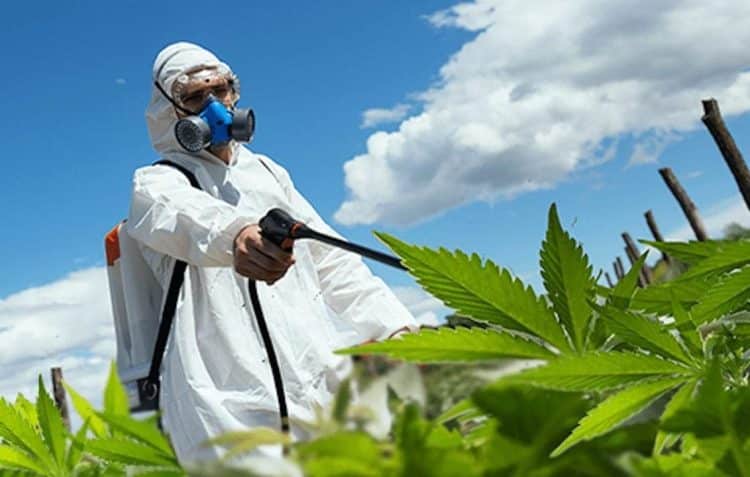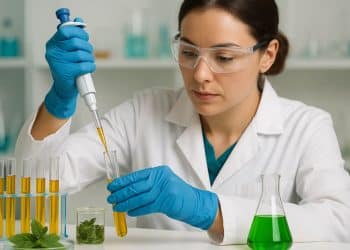Legalization is dragging cannabis growers and product manufacturers into the light. Their products are being scrutinized at legitimate testing laboratories. And what they’re finding isn’t always pretty.
The cannabis industry has a problem with pesticides. Some growers spritz their crops with nasty-sounding chemicals like avermectin and myclobutanil, both popular insecticides. You might think that you’re always protected by regulations. Most states with legal cannabis markets ushered in a host of sweeping rules and regulations designed to protect consumers from potential harm. Colorado and Nevada, for example, require growers to test for pesticides. However, because there’s no federal consensus, different jurisdictions can make their own decisions regarding what constitutes “too much pesticide residue”.
“By failing, we need to make sure we understand what that means,” says Dave Eagerton, Vice President of Technical Services at California cannabis testing laboratory CW Analytical. “In our context, that means anything above 100 parts per billion, and that’s according to the standard set by the city of Berkeley. But there’s no real agreement in regard to the appropriate limit.”
Concentrates are particularly susceptible. In some tests, more than 80 percent of concentrates were tainted with pesticides. [1] The rate was significantly lower when cannabis flowers were tested. According to Alec Dixon, co-founder of SC Labs: “When we start talking about these extracts, anything that was there in tiny amounts substantially concentrates and becomes present… In certain types of extracts, we see anywhere from 25 to 30 percent detection rate, but if you’re talking about higher-tech extracts with CO2, butane and distillation, we see 50 to 75 percent.”
Growers may use turn to pesticides because they feel they are necessary. Without chemical protection, the plants are exposed to bugs, mildew, fungi, and other invasive plant species. One of the problems facing the industry right now is that it’s not clear exactly what a “safe” amount of pesticides is supposed to be.
Pesticide use can’t be removed from cannabis cultivation until the industry decides to do so. That can’t happen unless growers have other, perhaps more natural ways to protect their crop. In addition, there needs to be a consistent, federal framework for industry professionals to work under. As long as growers in Colorado face different rules as those in Washington, there will be confusion among consumers.
Reference:
- Raber, Jeffrey C. et al. “Understanding dabs: contamination concerns of cannabis concentrates and cannabinoid transfer during the act of dabbing”. J Toxicol Sci. 2015; 40(5): 797-803 [Times cited = 87, Journal impact factor = 0.570].
Image source: Direct Cannabis Network












